Pros and Cons of Aerial vs Underground Fiber Installation
Table of Contents
You’re streaming your favorite show when the internet suddenly cuts out during a thunderstorm. Meanwhile, your neighbor across town enjoys uninterrupted service because their fiber runs underground. This scenario perfectly captures one of the most critical decisions in modern telecommunications infrastructure: aerial vs underground fiber installation.
The choice between aerial and underground fiber installation affects everything from your internet reliability to the appearance of your neighborhood. With lightning-fast fiber internet becoming the gold standard for homes and businesses, understanding these installation methods could save you headaches, money, and service interruptions down the road.
Understanding Installation Methods: Aerial vs Underground Fiber
Fiber optic cables transmit data using light signals through thin strands of glass or plastic. These cables can reach your home or business through two primary routes: aerial installation (overhead on poles) or underground installation (buried beneath the surface).
Both cable companies and Internet Service Providers use these methods to deliver high-speed fiber internet. The choice often depends on factors like terrain, existing infrastructure, budget constraints, and local regulations. Each technique creates the backbone for the ultra-fast internet speeds that power our digital lives.

The sky-high solution
Aerial Fiber Installation
What Makes Aerial Installation Work
Aerial fiber installation involves mounting cables on existing telephone poles or utility structures, making it one of the most cost-effective deployment methods, as operators can utilize existing pole infrastructure without the need for digging. The process typically employs two techniques: new pole attachments, also known as “overlashing," where new cables are attached to existing ones using spinning wire that binds them together.
This installation method has dominated rural and suburban areas for decades, primarily because it leverages existing infrastructure. Utility companies often lease space on their poles to fiber providers, creating a partnership that benefits both parties.
The Bright Side of Aerial Installation
Cost Advantages
The most compelling argument for aerial installation centers on economics. The savings come from several factors. First, there’s no need for expensive excavation equipment or extensive trenching operations. Second, the installation process moves faster since crews don’t need to dig, lay conduit, and backfill trenches. Third, existing pole infrastructure eliminates the need to install new support structures in most cases.
Speed of Deployment
Aerial installations typically complete much faster than underground projects. Crews can string cables between poles in a matter of hours for significant distances, while underground installation might take days or weeks for the same stretch. This speed advantage becomes particularly crucial when communities require the rapid deployment of high-speed internet services.
Easier Maintenance and Repairs
When problems occur with aerial cables, technicians can spot issues visually and access them relatively easily. A damaged cable section can often be repaired or replaced in a matter of hours rather than days.
The Challenges of Going Overhead
Weather Vulnerability
Aerial cables are fragile and will strain, sag, and eventually break when exposed to extreme wind, large temperature swings, and ice loading. Ice storms pose particular threats, as accumulated ice can create tremendous weight that snaps cables or brings down entire lines.
High winds during storms can cause cables to sway violently, potentially creating contact with power lines or causing mechanical stress that leads to breaks. Temperature fluctuations cause cables to expand and contract, which can stress connection points over time.
Wildlife and Environmental Hazards
Bird damage can be a significant issue, and if aerial cables are located near electric wires, they require proper insulation. Squirrels, in particular, pose ongoing threats to aerial infrastructure, often chewing on wires or causing shorts when they come into contact with equipment.
Beyond wildlife, aerial cables are constantly exposed to UV radiation from sunlight, which degrades the cable materials over time. Rain, snow, and other types of precipitation can also impact cable performance and longevity.
Aesthetic and Urban Planning Concerns
Aerial cables contribute to visual clutter, particularly in areas where multiple utility companies share pole space. The previously mentioned images of cable bundles on poles do not contribute to the aesthetics of the landscape. Many communities prefer underground utilities to maintain clean sightlines and preserve property values.
Planning departments increasingly require underground utilities in new developments, making aerial installation less viable in growing suburban areas.

The hidden internet highway
Underground Fiber Installation
How Underground Installation Works
Underground fiber installation involves burying cables either directly in the ground or within protective conduits. Conduits are typically buried between 3 and 4 feet down, with a minimum depth of 42 inches frequently specified in installation agreements. The process requires excavation, conduit placement, cable installation, and careful backfilling.
Two primary methods exist for underground installation: direct burial, where specially armored cables are inserted directly into trenches, and conduit installation, where cables run through protective tubes. The conduit method offers superior protection and easier future maintenance, but costs more initially.
The Underground Advantage
Superior Reliability and Protection
Underground deployments are approximately 10 times more reliable than aerial routes, especially in areas with poor weather conditions, because buried fiber deployments are immune to wind and ice damage as they’re located below the layer where the soil freezes.
This remarkable reliability advantage stems from protection against virtually all weather-related threats. Underground cables don’t experience temperature fluctuations, wind stress, ice loading, or UV degradation. They’re also safe from vehicle accidents, falling trees, and most wildlife interference.
Enhanced Security and Reduced Vandalism
Underground cables are less vulnerable to vandalism, theft, or accidental damage than overhead cables because they are buried deep and hidden from view, making them difficult for anyone to access. This security advantage becomes particularly important for businesses requiring guaranteed connectivity.
Physical security extends beyond intentional damage. Underground cables avoid accidental damage from tree trimming, construction equipment working near poles, or vehicles striking low-hanging lines.
Aesthetic and Property Value Benefits
With fiber out of sight, unsightly lines are not an eyesore to the neighborhood or for your property’s aesthetic. This invisible infrastructure preserves clean property lines and maintains the visual appeal that supports property values.
Many homeowners associations and municipalities prefer underground utilities specifically for these aesthetic reasons. New developments often require underground installation as part of architectural standards.
Environmental and Safety Benefits
Telecommunication poles carry certain risks associated with the safety of people and animals, especially in extreme weather conditions, while laying cables underground eliminates this risk, contributing to increased safety. Underground installation also reduces electromagnetic interference that can affect sensitive equipment.
The environmental advantages extend to reduced impact on wildlife migration patterns and nesting areas. Underground cables don’t create obstacles for birds or other flying animals.
Underground Installation Challenges
Higher Initial Costs
Underground installation can range from $5,000 to $20,000 per mile, which is significantly higher than the costs of aerial installation. These elevated costs stem from several factors, including excavation equipment, skilled labor requirements, permit fees, and the complexity of working around existing underground utilities.
The cost differential becomes even more pronounced in challenging terrain or urban areas where existing infrastructure complicates digging operations.
Terrain and Soil Complications
If the terrain is rocky, it won’t be cost-effective to put poles in the ground for aerial cable, but creating shallow trenches for buried cable requires robust cabling to handle heavy contact. Different soil types create varying challenges and costs.
Rocky soil requires specialized drilling equipment and may necessitate blasting in extreme cases. Clay soil, while easier to excavate, can contain rocky particles that damage cables. Sandy soil offers the easiest excavation but may require deeper burial for stability.
Complex Repair and Maintenance
When underground cables suffer damage, repairs typically require excavation to locate and access the problem area. You will need to excavate again to access the damaged cable and then repair or replace it, which can be a costly process.
This complexity means longer repair times and higher costs compared to aerial systems. However, the superior reliability of underground systems means repairs occur much less frequently.
Permitting and Regulatory Complexity
Underground installation often requires more extensive permitting processes. Depending on your location, you can be looking at high costs just for permission to upgrade your building, with most municipalities requiring a “Certificate of Public Convenience," which permits digging in streets.
Environmental impact assessments may be required, particularly in ecologically sensitive areas. Coordination with multiple utility companies becomes necessary to avoid damaging existing infrastructure.
Environmental and Terrain Considerations
Soil Types and Their Impact
Different soil conditions dramatically affect installation methods and costs. Sandy soils are far easier to manipulate and can be excavated by hand, making them ideal for cable and duct solutions, whereas clay is much harder to dig and can contain rocky particles that impede cable movement and cause damage.
Rocky terrain presents unique challenges for both installation methods. For underground installation, rock requires expensive drilling or blasting. For aerial installation, rocky ground makes pole installation difficult and costly.
Climate and Weather Patterns
Regional climate patterns heavily influence the optimal installation method. The resiliency of underground networks is favorable for the effects of climate change, which can increase the severity of weather events. Areas prone to severe storms, ice events, or high winds strongly favor underground installation despite higher initial costs.
Conversely, regions with mild weather and stable ground conditions may find aerial installation perfectly adequate and more cost-effective.
Urban vs Rural Environments
Urban environments present dense infrastructure that complicates both installation methods but for different reasons. Drilling into hard surfaces like asphalt or tarmac can be ten times more expensive than mole plowing or shallow trenching in rural environments.
Rural areas often favor aerial installation due to existing pole infrastructure and lower aesthetic concerns. However, longer distances between connections can make underground installation more economical per customer served in some rural scenarios.
Environmental Impact and Sustainability
Installing underground fiber cables requires trenching equipment to carve pathways, which can reach depths of over 3 feet. This excavation, however, tears through existing ecosystems, decimating natural habitats. However, careful planning and trenchless technologies can minimize environmental disruption.
Modern installation techniques include horizontal directional drilling and micro-trenching that reduce environmental impact. Best practices utilize trenchless and underwater technologies like horizontal directional drilling to bypass sensitive environments and limit machinery weight to reduce soil compaction.
Key Questions to Ask
When evaluating installation methods for your specific situation, consider these critical questions:
Budget and Timeline:
- What is your total project budget including long-term maintenance?
- How quickly do you need the installation completed?
- Can you afford higher initial costs for better long-term reliability?
Environmental Factors:
- What are typical weather patterns in your area?
- How severe are storms, ice events, or high winds?
- What soil conditions exist along your desired route?
Regulatory and Aesthetic Requirements:
- Do local regulations mandate or prohibit specific installation methods?
- How important are aesthetic considerations for property values?
- What permitting requirements and timelines apply?
Future Planning:
- Do you anticipate needing additional capacity in the future?
- How important is service reliability for your intended use?
- Will you need easy access for maintenance and repairs?
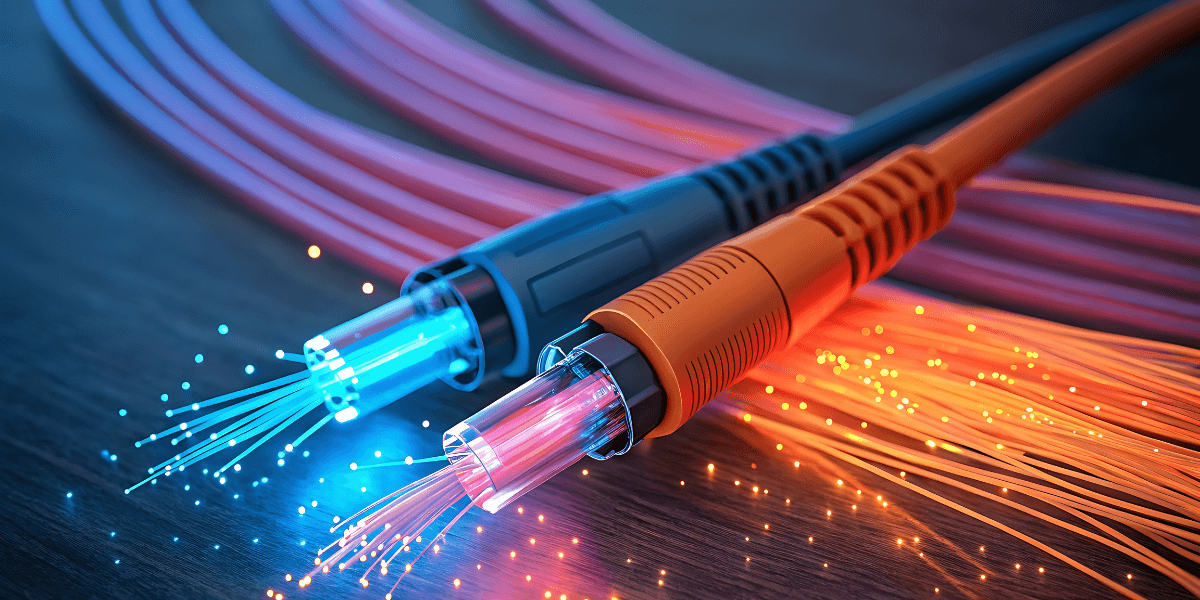
Aerial vs Underground Fiber
The Verdict
Both aerial and underground fiber installation methods have legitimate roles in modern telecommunications infrastructure. The optimal choice depends on your specific situation, priorities, and constraints.
Choose aerial installation when:
- Initial cost is the primary concern
- Existing pole infrastructure is available
- Quick deployment is essential
- Terrain makes underground installation prohibitively expensive
- Easy maintenance access is important
Choose underground installation when:
- Long-term reliability is paramount
- Severe weather is common
- Aesthetic considerations matter
- Security is important
- Local regulations require it
- Total lifecycle costs favor underground despite higher initial investment
The most successful fiber networks often employ both methods strategically, using each where it provides the greatest advantage. Underground installation for main distribution combined with aerial installation for final connections can optimize both cost and performance.
As fiber optic technology continues advancing and installation techniques improve, both methods will evolve to better serve our growing connectivity needs. The choice between aerial and underground installation will remain a critical decision that affects network performance, costs, and user satisfaction for decades to come.
Check Fidium Fiber Availability in My Area!
Now that you understand the differences between aerial and underground fiber installation, you might be wondering about getting high-speed fiber internet for your home or business. The installation method affects reliability and performance, but what matters most is having access to ultra-fast fiber speeds that can handle everything from remote work to streaming and gaming.
Fidium Fiber delivers lightning-fast internet speeds with exceptional reliability, regardless of whether your area uses aerial or underground installation. Our network is designed to provide consistent, high-performance connectivity that keeps you connected when it matters most.
Don’t wait to upgrade to the fiber advantage. Enter your zip code here to see if Fidium Fiber is available in your area and discover the plans that can transform your internet experience.

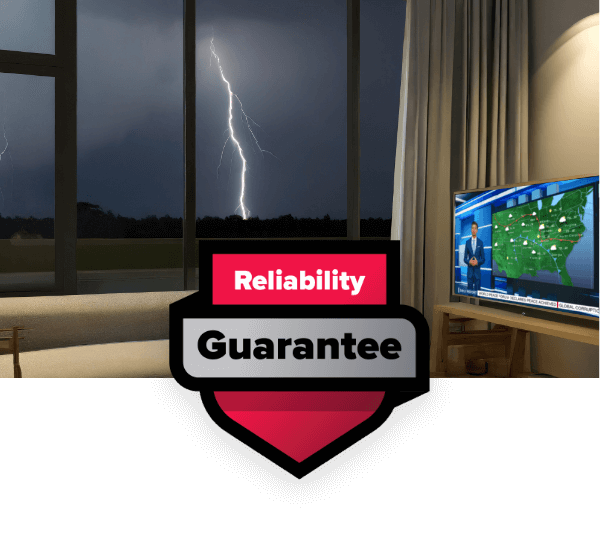

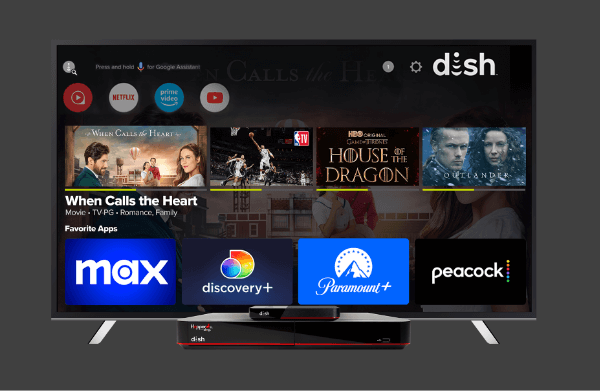
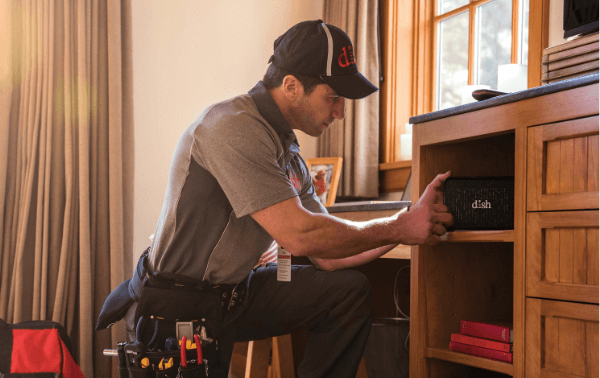
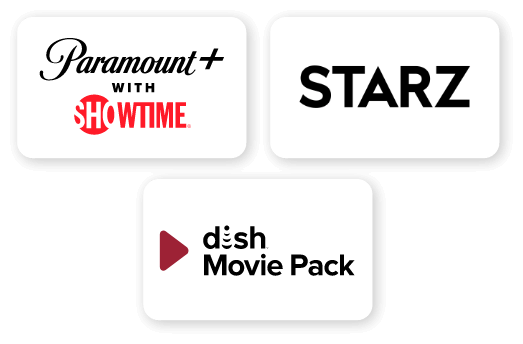
 Call
Call 

 Access Your Account
Access Your Account